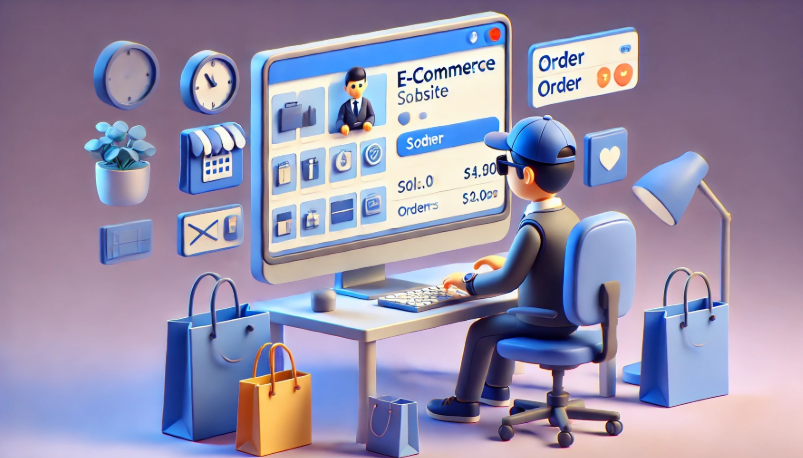Introduction
The global B2B e-commerce market is projected to reach $36.16 trillion by 2026, outpacing B2C in both scale and growth rate. Enterprises are rapidly shifting toward online ordering, digital procurement, and self-service platforms. For suppliers and buyers alike, e-commerce is no longer optional — it is the primary mode of doing business.
Why It Matters for B2B
Digital-first buyers expect procurement experiences to mirror consumer e-commerce: fast, transparent, and mobile-friendly. This shift is forcing enterprises to invest in new platforms, reengineer distribution strategies, and adapt to global digital trade standards.
Key Trends
- Over 80% of B2B sales are now conducted online.
- Mobile commerce and API-based integrations are surging.
- Enterprises are demanding self-service, bulk-ordering, and real-time tracking.
- Global trade regulations are increasingly tied to digital standards.
Cross-Functional Implications
- IT: Investments in secure, scalable platforms with API connectivity.
- Sales: Shift from field sales to hybrid digital consultative models.
- Customer Service: Self-service tools reduce call volumes.
- Finance: Digital payments and invoicing integration streamline reconciliation.
Strategic Recommendations
- Build scalable e-commerce platforms that integrate with procurement systems.
- Prioritize user experience design to mirror consumer standards.
- Invest in cybersecurity and transaction assurance to build trust.
- Develop mobile-first strategies for emerging markets.
Risks and Challenges
Platform fragility, cyberattacks, and poor UX could undermine adoption. Traditional distributors may resist digital disintermediation. Compliance with cross-border regulations will remain a hurdle for global B2B sellers.
Conclusion
B2B e-commerce is not simply growing — it is dominating. Enterprises that embrace digital procurement and invest in scalable platforms will define the future of trade. Those that hesitate risk falling behind in a market already worth trillions.






